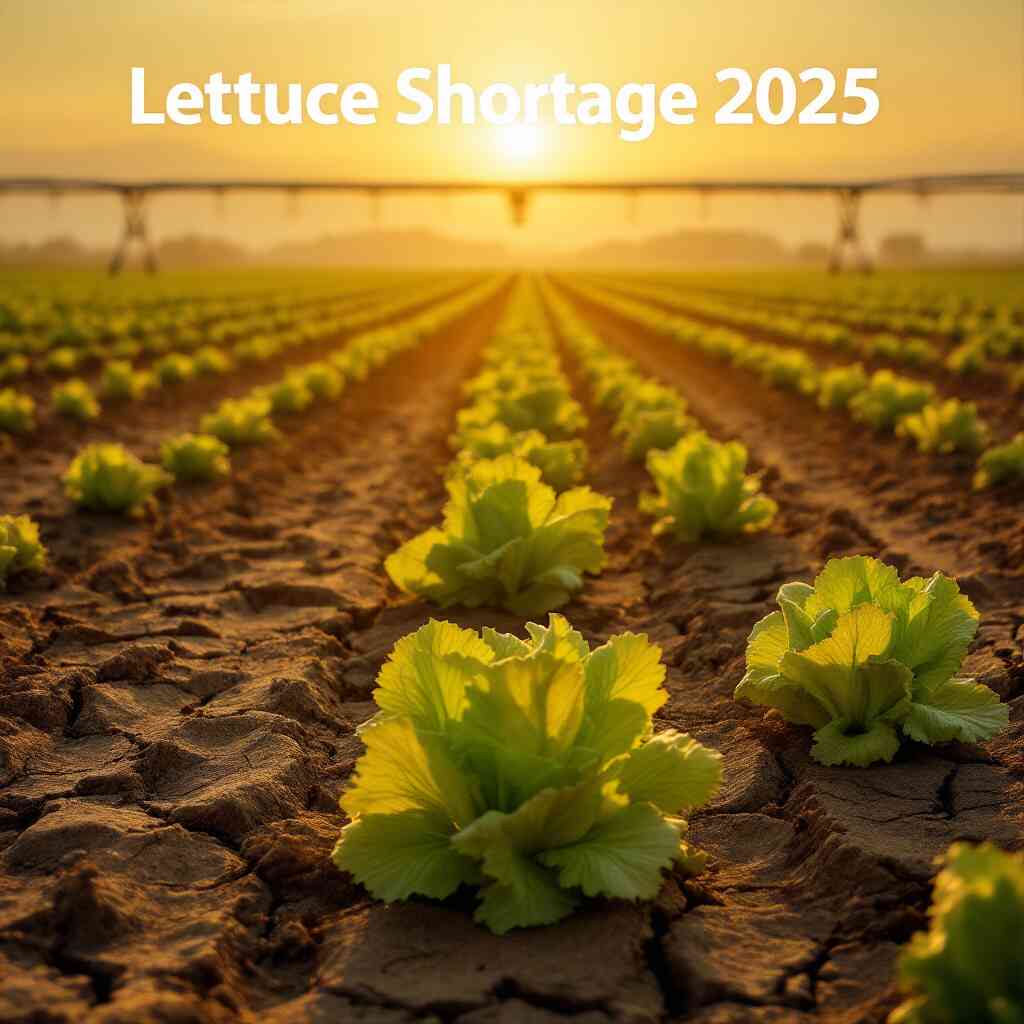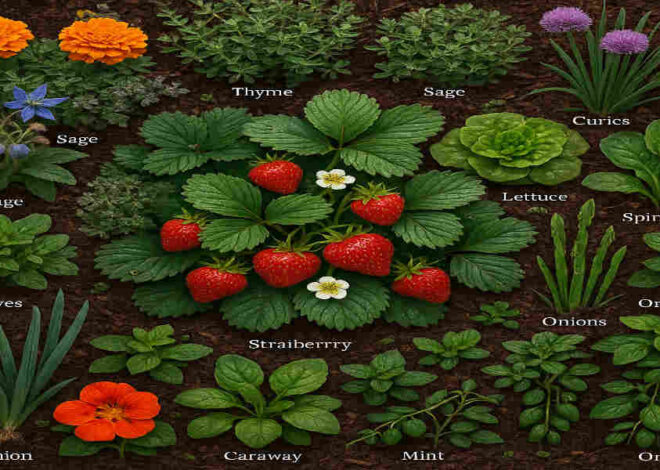
The Lettuce Shortage: Causes, Effects, and Practical Tips for Home Gardeners
In 2025, the world faces a significant lettuce shortage that will impact daily life and the global food supply chain. Lettuce, a staple in diets across the globe, is crucial not just for individual nutrition but also plays a vital role in the food industry. From salads in America to wraps in Australia, lettuce is ubiquitous in kitchens worldwide.
By understanding these elements, we can better navigate the shortages and mitigate their effects on our daily lives and economies.
Understanding the Lettuce Shortage

Definition and Context
A lettuce shortage refers to a significant drop in the availability of lettuce due to various factors that disrupt its supply chain. This shortage affects prices and accessibility for consumers and businesses alike.
Historical Perspective
Historically, shortages of various agricultural products have occurred, but they were often resolved through technological advancements or changes in trade policies. However, the current lettuce shortage is more complex due to its global scale and various contributing factors.
Current Global Status
In 2025, regions like the U.S. and Australia report severe lettuce production reductions. Statistics show a 30% drop in yield compared to previous years, highlighting the severity of the situation.
Causes of the Lettuce Shortage
Extreme Weather Events
- Climate Change: Increasingly frequent and severe weather events like droughts, floods, and heatwaves, exacerbated by climate change, devastate lettuce crops. For instance, California has faced unprecedented heatwaves that have directly impacted the growth cycles of lettuce.
- Regional Impacts: In Queensland, unusually wet weather has led to fungal and mold issues, further reducing yields.
Crop Diseases and Pests
- Diseases: Lettuce crops have been hit hard by diseases such as the Impatiens Necrotic Spot Virus (INSV) and bacterial leaf spot, which compromise the quality and quantity of the harvest.
- Pests: Pests like aphids and caterpillars damage the leaves, making them unsellable and reducing overall production.
Supply Chain Disruptions
- Logistical Challenges: Issues such as fuel shortages and labor strikes have disrupted the transportation of lettuce from farms to markets, exacerbating the shortage.
- Inventory Systems: The reliance on “just-in-time” inventory systems means that any delay in the supply chain leads to immediate shortages in stores.
Other Contributing Factors
- Labor Shortages: A significant shortage of agricultural workers affects the planting and harvesting of lettuce.
- Material Scarcity: A scarcity of packaging materials further complicates the distribution of lettuce.
Impact of the Lettuce Shortage
On Consumers
- Price Surges and Affordability: The scarcity of lettuce has led to a sharp price increase, making it less affordable for many consumers.
- Dietary Changes: People are increasingly turning to alternatives like spinach or kale.
On Businesses and Food Industry
- Menu Adjustments: Many restaurants have had to alter or simplify their menus, removing dishes that typically include lettuce.
- Increased Costs: The cost of sourcing lettuce has skyrocketed, affecting the overall financial health of food-related businesses.
On the Agricultural Sector
- Financial Strain: Farmers specializing in lettuce are facing severe financial distress.
- Investment and Planning: Uncertainty about future yields affects long-term agricultural planning and investment.
How to Adapt to the Lettuce Shortage
For Consumers
- Exploring Alternatives: Consumers can switch to other greens that are more readily available and possibly more resilient to current agricultural challenges.
- Home Gardening: Growing lettuce at home can be fulfilling to ensure a personal supply while bypassing market shortages.
For Businesses
- Innovative Menus: Restaurants and food services can innovate their menus using less lettuce or substituting it with other greens.
- Local Sourcing: Forming partnerships with local growers can help ensure a more stable supply of greens.
For Growers and Farmers
- Advanced Farming Techniques: Implementing more robust disease management and pest control can help protect crops.
- Diversification: Diversifying crops can reduce dependency on a single crop type, spreading risk.
Policy and Community Actions
- Policy Support: Governments can support sustainable agriculture through policies and subsidies.
- Community Engagement: Increased community awareness and education about food sustainability can drive more localized and sustainable eating practices.
Conclusion
The lettuce shortage of 2025 presents significant challenges and opportunities for adaptation and innovation at various consumption, business, and production levels. Understanding the causes and impacts is crucial for developing effective strategies to cope with and eventually overcome this shortage. As stakeholders in a globally interconnected food system, we must stay informed and proactive in our food security and sustainability approaches.
You may also read (20 best cabbage companion plants for a thriving garden in 2025)


